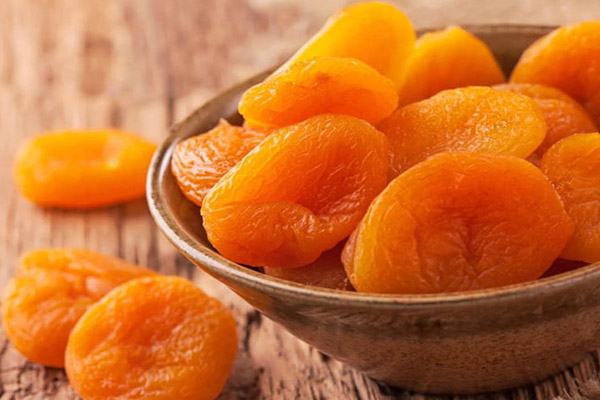Date palms existed in Iran since ancient times. The date's exact origin is unknown, but it seems to be cultivated in Iran about 4000 BCE. The palm tree is sacred; it is also interpreted as a sign of friendship, peace, and prosperity in Persian culture myths. They are a symbol of prosperity, fertility and ability to rise above conflicts. Once the tree's head is cut-off, it will no longer grow, and the trunk will start to become unstable and eventually die, just like human beings. It is interesting to know that palms are counted by the counting unit “Person” and it is not strange if Iranians treat the palm trees like a living human.
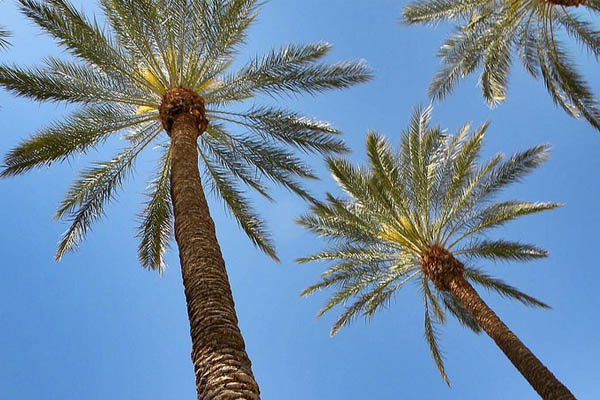
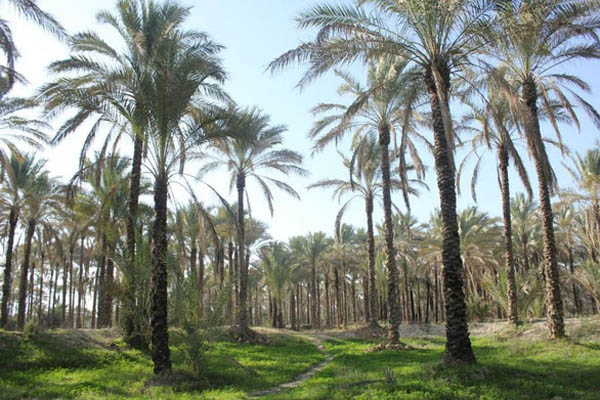
Palm trees can grow to 23 m high, and people need to climb up the trunk to pick the dates in the harvest season called Khorma Pazoon in Iran. Khorma Pazoon happens in the hottest season and times of the year, usually in August. The fruit of this generous tree varies from rich red to golden bunches. They have thin skin, sweet taste and hard seed. They belong to the family of berry, where the entire fleshy part is edible.
There are plenty of different types of dates in Iran. Before talking about different kinds of dates in Iran, it is good to know that Khorma refers to the completely ripe ones. The unripe ones are called kharak whereas the nearly ripped ones are called Rotab. Qasb (Persian dried date palm) is not like other dates; it goes from kharak to the final stage, without turning onto Rotab. It is almost impossible to mention every kind of Dates in Iran since there are more than 400 varieties. Kabkab, Mazafati, Piarom, Rabbi, Zahedi are of a few more popular and more important ones.
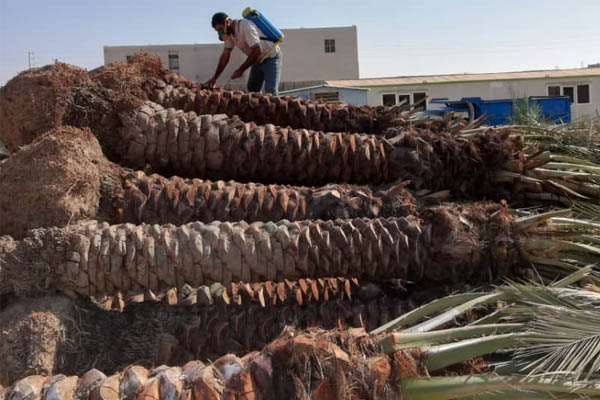
Saffron is one of the world’s most costly spices. One of the reasons behind the high price is the fact that this spice cannot be found except in a handful of places. Hence, saffron has been nicknames “The red gold”. Though you can find saffron in a few places besides Iran, Persian saffron has no rival when it comes to its superb flavor, mesmerizing color and excellent quality.
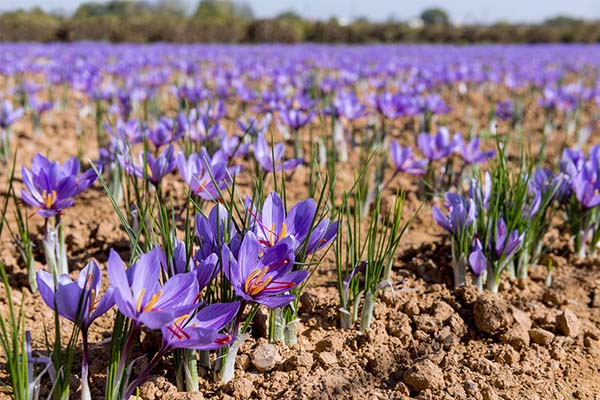
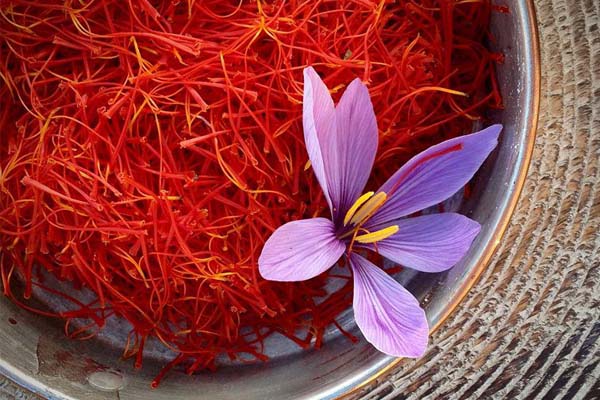
Saffron is procured from “saffron crocus”, a flower which is native mostly to Asia. Saffron comes from the saffron crocus bulb (Crocus Sativus). This plant is an autumn blooming crocus. The saffron is basically the red stigmas of this crocus flower. Each crocus flower only produces three stigmas and each saffron crocus bulb only produces one flower. More than 80,000 crocus flowers must be planted, grown, hand-harvested and processed to make just one pound of Saffron.
It takes about three years from the time that crocus is planted as seeds to produce flowers. Since the process and its product are completely natural, wielding this flower in order to get the gold is very hard and needs expertise. This is another reason behind the high cost of spice. To get the spice from flower, one needs to dry its’ stigmas. The proper way is to cut the fibrous threads from the flower and then sun-dry them. After that, you’ll be able to use the spice for cooking.

Wild Persian Figs are naturally sun-dried. They are natural source of fiber – sweet nectar flavor with crunchy texture. This fruit is highly concentrated source of minerals and vitamins. Naturally Sun-dried Fruits with no added preservatives or additives.


Iran is one of the most important diversity centers of wild and edible fig in the world, with 42,000 ha devoted to fig cultivation. More than 95% of fig orchards are located in the Fars Province.
Ficus carica L. is one of the most ancient fruit trees cultivated in Persia. The conservation and characterization of fig genetic resources is essential for sustainable fig production and food security.

The apricot, which was cultivated in China and Central Asia as early as 2000 B.C., migrated with the country’s traders, who traveled the Great Silk Road. The Chinese merchants, botanist Berthold Laufer suggests, very probably introduced the fruit to the Persians. They called it the “yellow plum” (zardaloo). Widely dispersed, it was spread throughout the Eurasian steppe by nomadic, horseback-riding tribesmen.
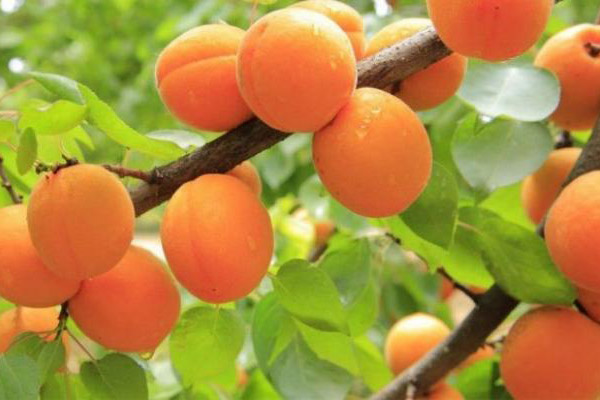

Iran is the second largest producer of Apricots after Turkey in the world. Apricots are considered to be Stone Fruits (Drupe). They are harvested from mid-May and remain available in the market for 60-70 days.
The world annually produces about 3.5 million tons of apricots, 500,000 ton of which are Iranian Product. The largest producing province in Iran is East Azerbaijan Province, It was followed by Semnan, West Azerbaijan, Tehran, Razavi Khorasan Province, golestan and Chaharmahal or chrysanthemums Bakhtiari Province.
